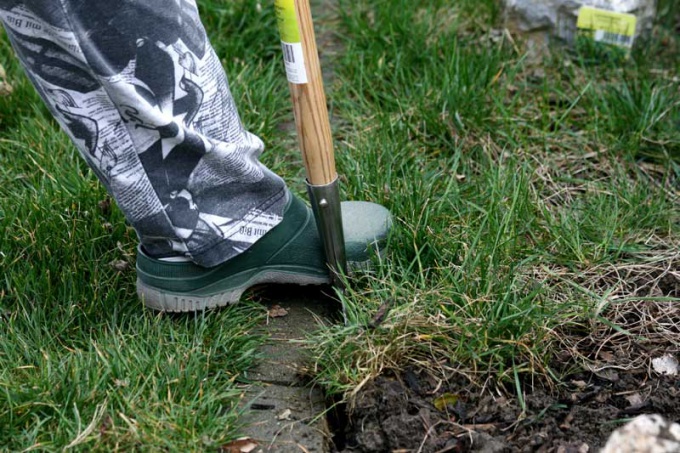Instruction
1
Engage in the organization of the garden before the onset of spring. While on the street a lot of snow, sit at the table with pencil and paper, think about what you would like to grow, raschertite plan beds. Avoid Northern slopes and open to the wind sites. If any you already have, think about what plants you can plant. Undemanding ornamental shrubs, for example, not only will save the rest of the garden in the wind, but also can serve as a decorative fence.
2
Consider a water supply. If the garden is to use bottled water, arrange a place to install a large closed tank. Ask the composition of local soil and take care of the procurement of the required amount of substrate from which you will build the beds. As you can see, to deal with the garden should begin long before the onset of spring.
3
And we have not mentioned the seedlings. However, if the experience in vegetable matter you have enough, you can always buy ready seedlings immediately before planting. It will hardly grown worse.
4
If the plot has a slight slope, Orient your beds perpendicular to it that they remain horizontal. Try to arrange your plants so that high was located in the Northern part and does not overlap the lower.
5
Remember that lowland areas in the spring will be dry for longer, and hence the plant you get them much later. Prepare the tools for the job and the place where you will store them. Shovels, rakes, hoes, buckets for water, garden hoses are the minimum without which you can not do.
6
Break up the beds so that they were easy to approach from both sides. If the land is raw, raise each of them by 20 centimeters and more. Lay the tracks of small gravel or concrete tiles.
7
The well planned vegetable garden will be much easier in daily care and will give a higher yield.
Useful advice
With periodicity in 2-3 years change vegetable crops in some places, it will help to use soil resources without depleting them



